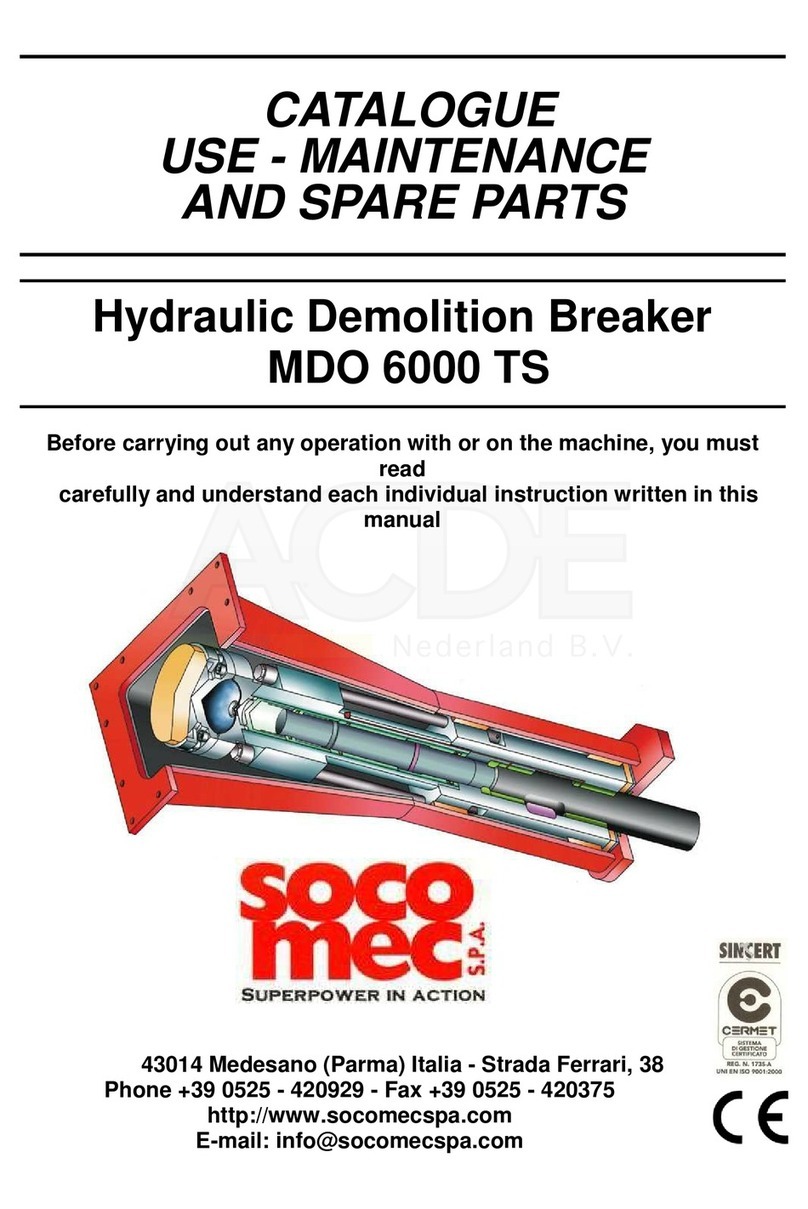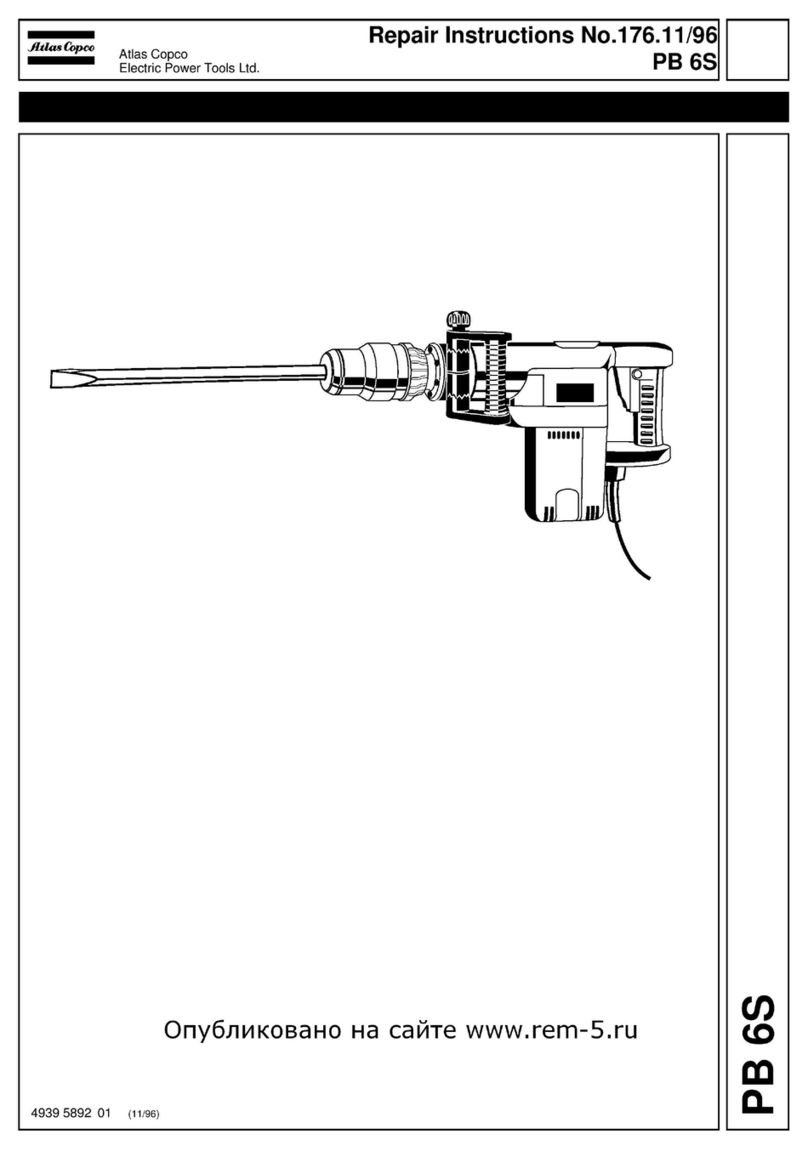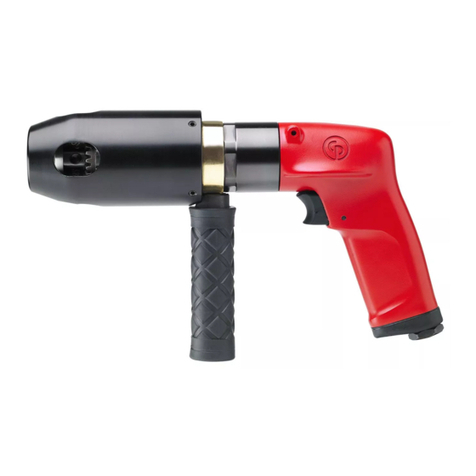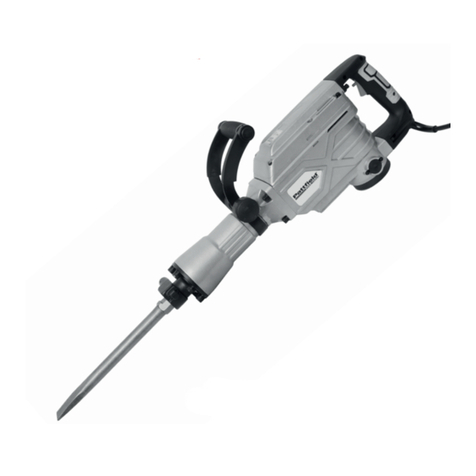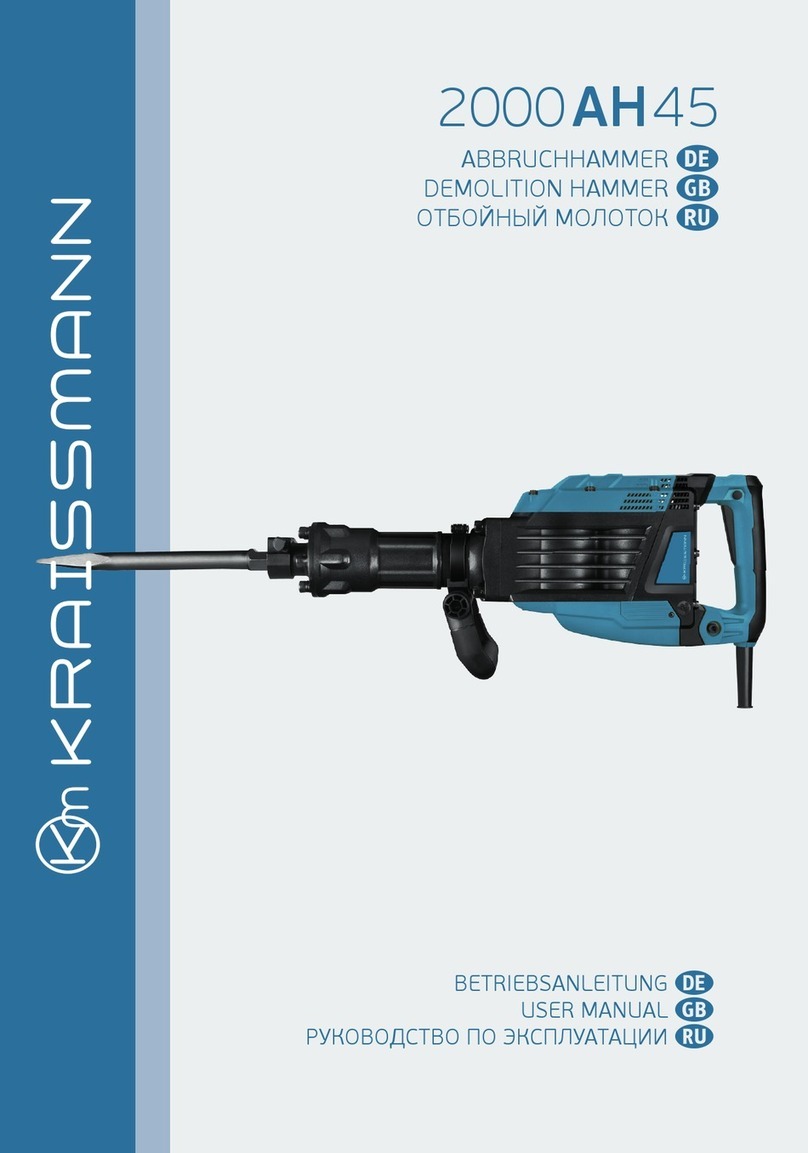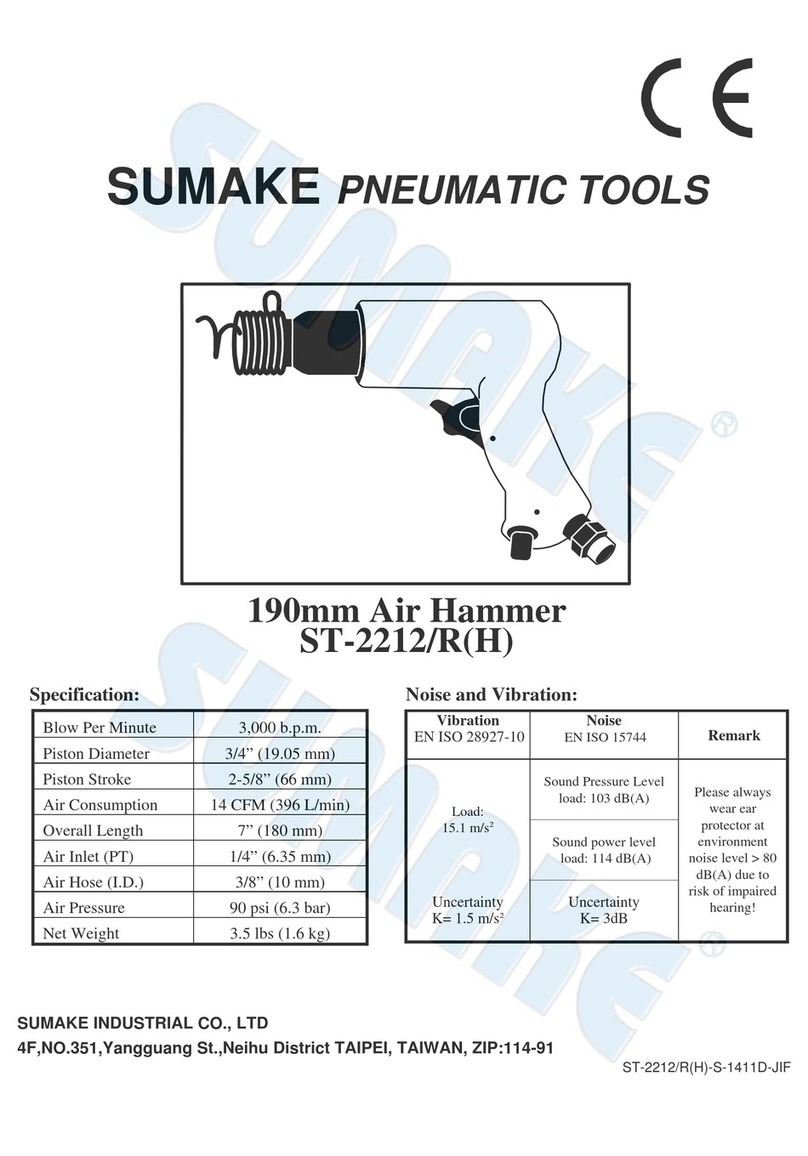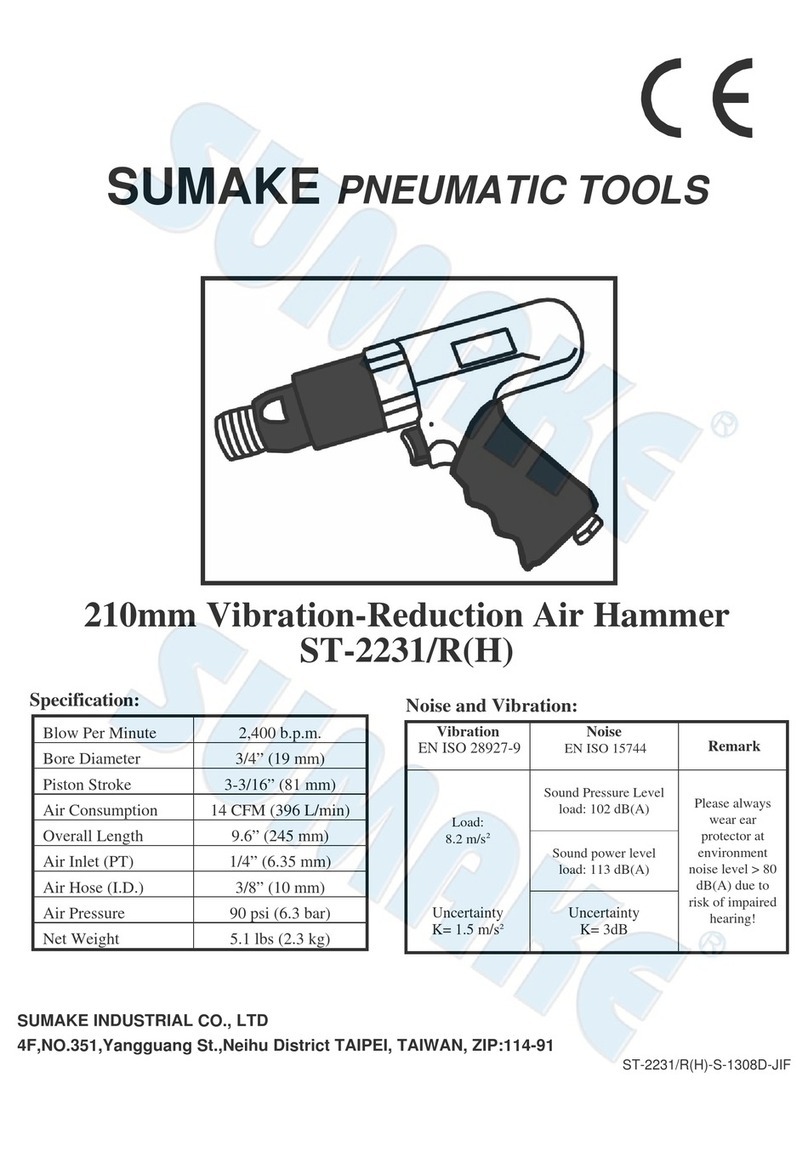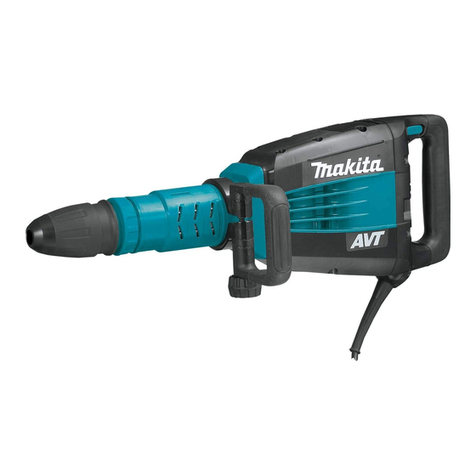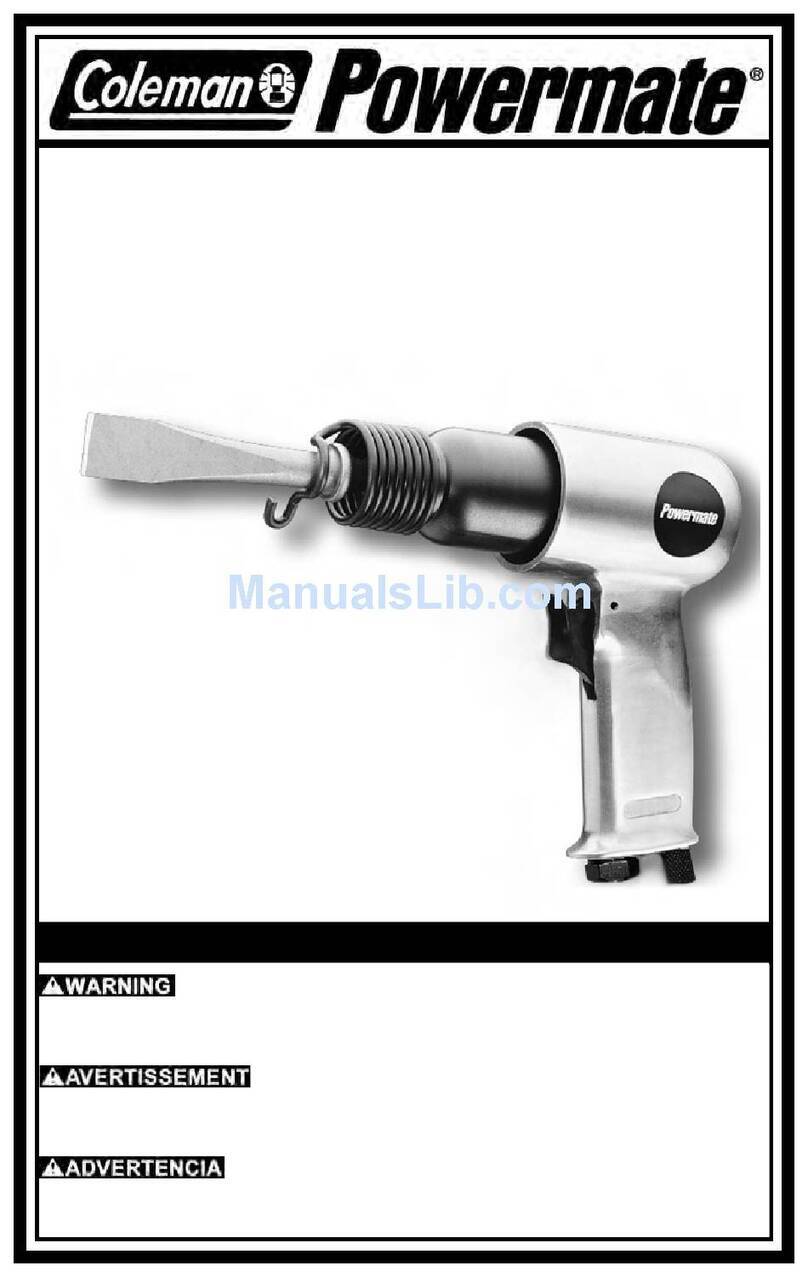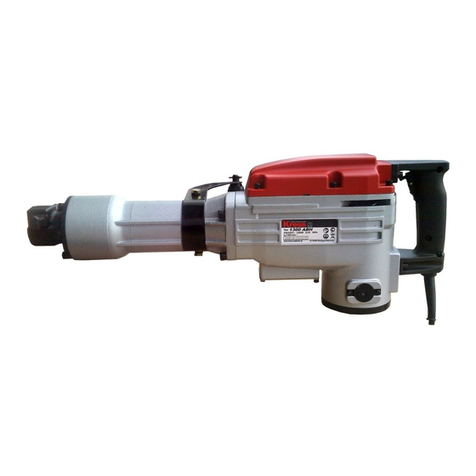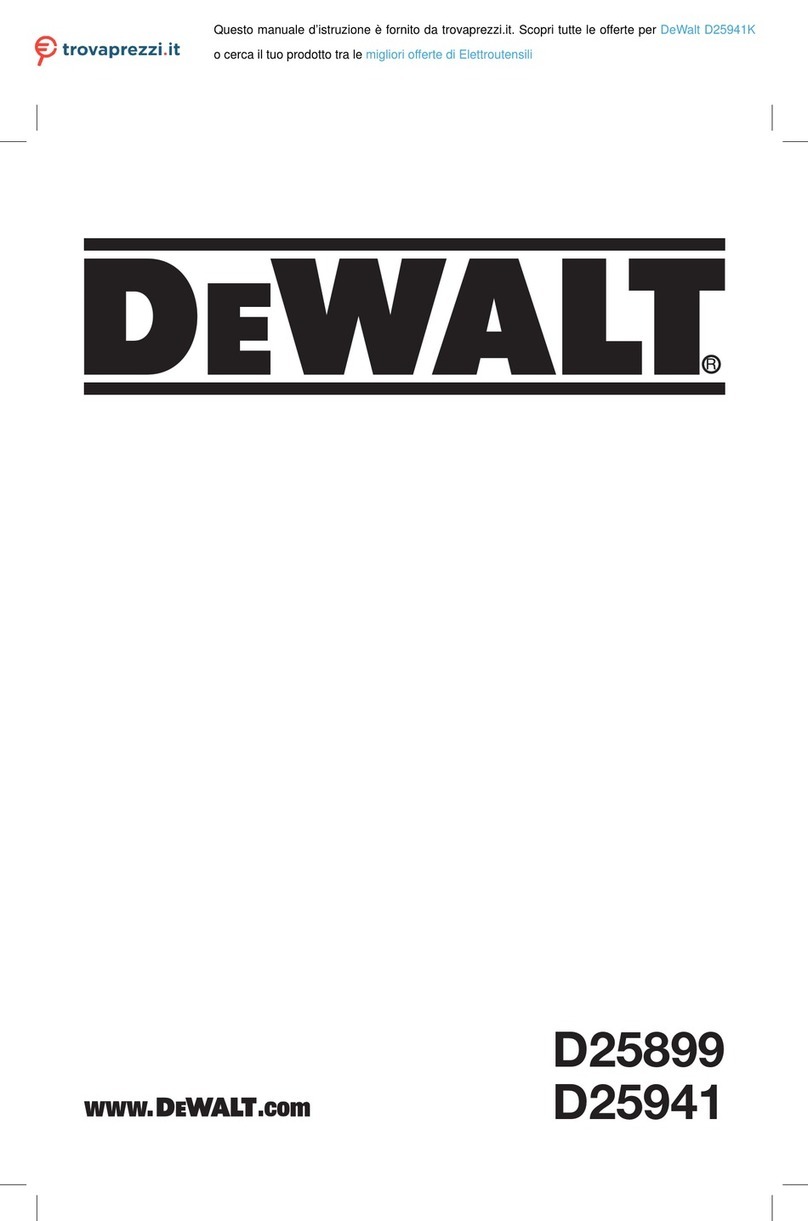A1 INTRODUCTION
9803/1250
A1
Issue 2
ABOUT THIS MANUAL
To ensure that the JCB series of hydraulic breakers
can be operated efficiently and safely, they must be
serviced and maintained regularly. This manual is
designed to give you a good understanding of the
breaker and provide detailed maintenance information.
It is assumed that personnel carrying out maintenance
have at least a sound knowledge of workshop
practice, safety procedures and general techniques
associated with the repair of hydraulic equipment.
Details of such are, therefore, generally omitted from
the manual, the intention being to convey only the
more specialised information concerning particular
aspects of the breaker or component in question.
For example, renewal of oil seals, gaskets etc. and any
component showing obvious signs of wear or damage
is expected as a matter of course and information on
these matters, therefore, only included where a
specialised procedure or range of wear tolerances is
required. Similarly, it is expected that components be
thoroughly cleaned and lubricated, where appropriate,
also that any opened hose connections will be blanked
to prevent entry of dirt and excessive loss of hydraulic
fluid.
For specific details regarding choice of breaker,
operation and choosing steels etc., reference should
be made to the Operator’s Handbook which was
supplied with the breaker.
USING THIS MANUAL
Read this manual from front to back before attempting
to maintain the breaker for the first time. Particular
attention must be given to all the safety aspects which
are provided. General safety warnings are given in this
chapter and specific safety warnings are given
throughout the book. Read all the safety warnings
regularly so you do not forget them.
UNITS OF MEASUREMENT
The S.I. system is used throughout. For example,
liquid capacities are given in litres. The Imperial units
are given in parentheses ( ) e.g. 28 litres (6 U.K.gal).
EHTMA CATEGORIZATION
BREAKER MODEL AND SERIAL NUMBER
The following breakers are covered by this manual:
1Standard handle breakers
2Vibro-damped handle breakers
3‘D’ handle picks
4‘T’ handle picks
5HM 22
6HM 25
7HM 29
8HM 26 (Non EU)
The serial number of your breaker is stamped on the
breaker as shown. It is important to quote the serial
number when making repairs or ordering parts.
Identification of the serial number is the only means of
ensuring that you receive the correct part for your
particular breaker.
The JCB series of hydraulic breakers are categorized
by the EHTMA as Category ‘C’ or ‘D’ breakers and can
be safely used on any hydraulic powerpack displaying
the green EHTMA ‘C’ or ‘D’ decals as shown below.


